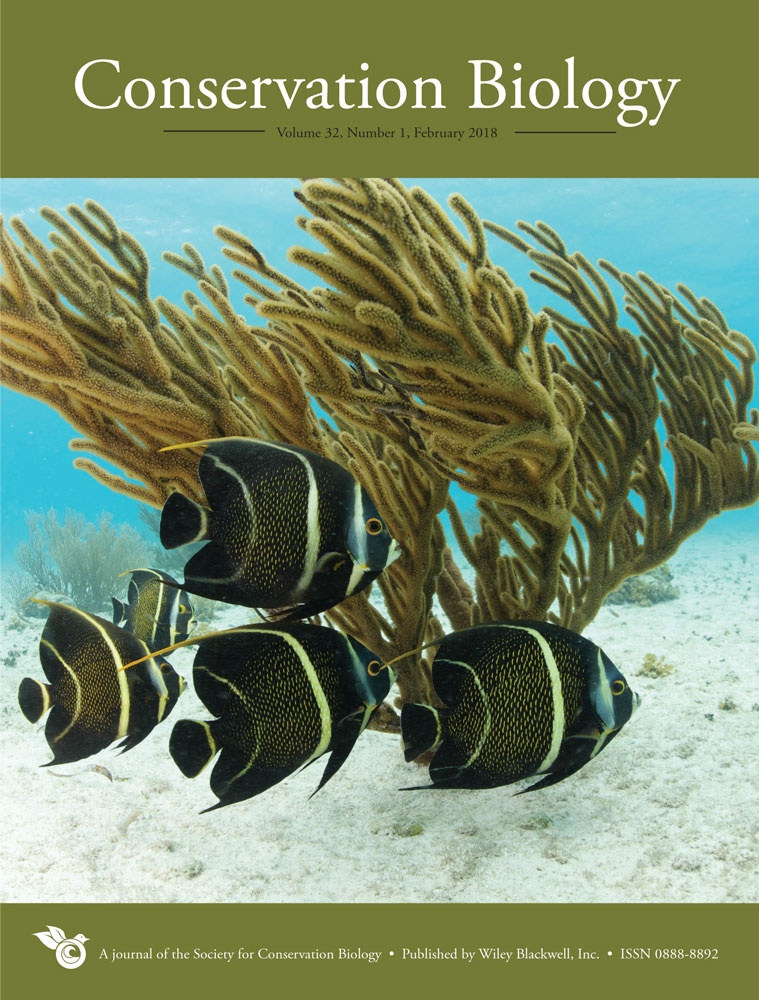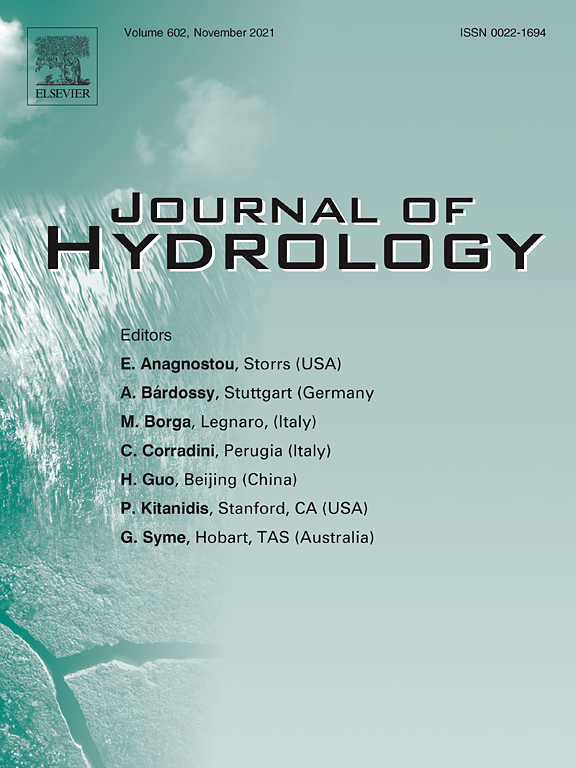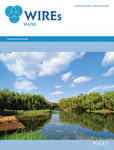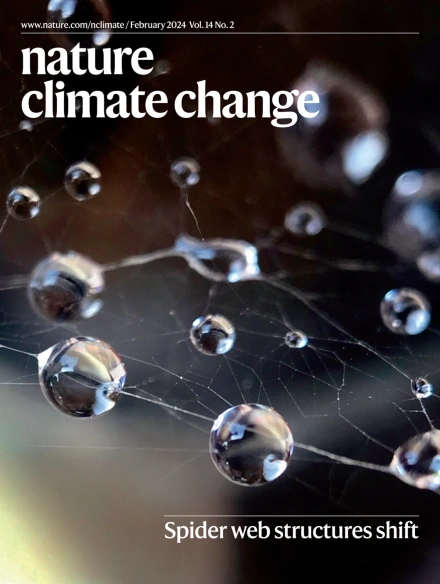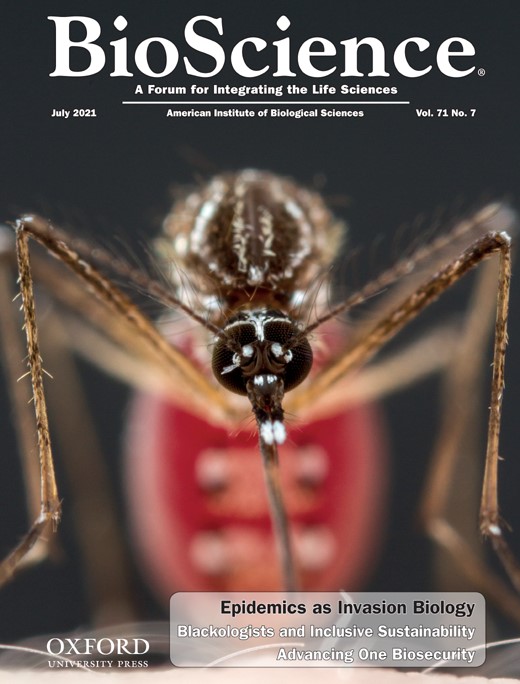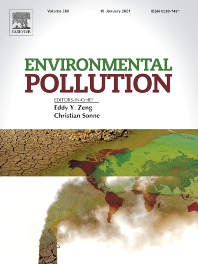Three major steps toward the conservation of freshwater and riparian biodiversity
Assessing the impact of drought on water cycling in urban trees via in-situ isotopic monitoring of plant xylem water
The authors conducted innovative in-situ monitoring of stable water isotopes in plant xylem water over an entire growing period including a major drought to assess how urban trees react to changing water supply. They also detected fractionation in plant water. Urban trees rely on deep water supply and internal storage during drought.
Towards a common methodological framework for the sampling, extraction, and isotopic analysis of water in the Critical Zone to study vegetation water use
Quantifying the sources for plant water uptake and their dynamics is still a challenge in ecohydrology. As isotopic analyses becomes more widespread, common methodological frameworks are required. This paper provides guidelines for (1) sampling soil and plant material for isotopic analysis, (2) methods for laboratory or in situ water extraction, and (3) measurements of isotopic composition.

Synthesis of activated biochar derived from Washingtonia robusta palm seeds and evaluation of its viability for copper and zinc ions removal from contaminated water

Combined Genomic and Imaging Techniques Show Intense Arsenic Enrichment Caused by Detoxification in a Microbial Mat of the Dead Sea Shore
Quantitative description of six fish species’ gut contents and prey abundances in the Baltic Sea (1968–1978)
This data paper presents a multi-year database containing information about diets and traits for demersal fish species from the Western Baltic Sea, as well as on resource abundances and environmental conditions. These historical data are unique as they provide detailed descriptions of quantitative and trait-based consumer-resource interactions enabling various ways of innovative food-web analyses.
Flexible foraging behaviour increases predator vulnerability to climate change
Based on a combination of (historical) empirical data and model simulations the authors investigated how size-selective adaptive behaviour under warmer conditions in demersal marine fishes might affect their long-term population stability. Under warmer conditions the fish species studied tend to consume less efficiently by choosing smaller and more abundant prey increasing their extinction risk.
The potential of historical spy-satellite imagery to support research in ecology and conservation
This study evaluated the spatial, temporal, and seasonal coverage of over one million declassified images from 4 US spy-satellite programmes, showing that this data spans nearly the entire globe and all seasons. Their use could lead to better mapping of the historical extent and structure of ecosystems and human impacts, and help reconstruct past habitats and species distributions.
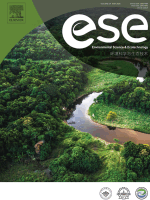
Health risk ranking of antibiotic resistance genes in the Yangtze River
Aquatic microorganisms in China's Yangtze River are particularly resistant to many antibiotics, posing a high health risk.
Widely used herbicide metolachlor can promote harmful bloom formation by stimulating cyanobacterial growth and driving detrimental effects on their chytrid parasites
The study investigated the effects of the herbicide metolachlor on host-parasite interactions, using the host-parasite system of the toxigenic cyanobacterium Planktothrix agardhii and its chytrid parasite Rhizophydium megarrhizum. Metolachlor promoted cyanobacteria growth and caused multi and transgenerational detrimental effects on parasite fitness. However, these effects are reversible.


